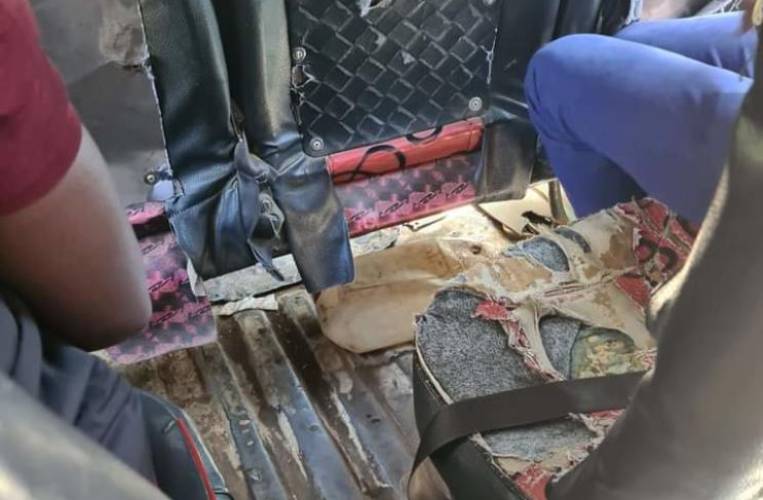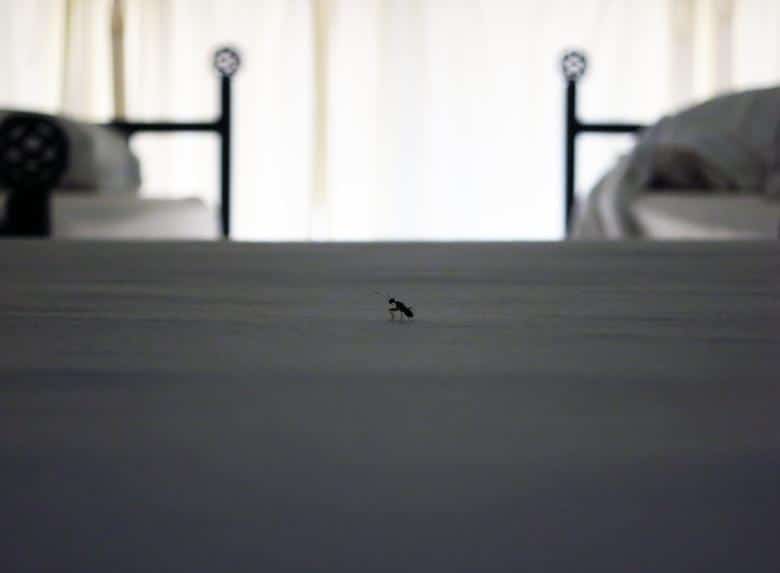If the leafy suburban residents have one thing in common with those from the slums, it is old, rusty matatus.
A sample from The Nairobian found that most of the matatus who frequent these high-end properties like Kileleshwa, Lavington, Runda, Karen, and Nyari are a thorn in the side. Some even have bed bugs!
The script is different from Eastlands, where matatus knitting these hoods are pimped up and millions get into their one-of-a-kind graffiti. According to Eric Morema, an investor in the Matatu industry, most investors do not invest money in the vehicles because the demand and competition is low.
“Most of the residents of these suburbs own up to five vehicles. They seldom climb matatus. So there is no point in investing heavily as the profits are small, ”he noted.
He also argues that there is no need to borrow new matatus because “it does not make good profits to repay the loan, and when you compare such matatus to those on busy routes, green suburbs have no peak hours . “
Albert Omingo, a driver who drives the Karen route, says most of his customers are guards and casual workers.
“Most of my customers are casual workers. In contrast to other routes, we have no rush hour. “
The script is the same in Mombasa County. Most of the matatus in high-end properties like Nyali Reef are old.
Teflon, CEO of Mombasa Matatu Gallery, says there are several factors to consider when allocating matatus to the different routes.
“Investors on these routes don’t invest millions to pimp the vehicles because the returns are low. Most of the people who ride on them are casual workers or people who live in slums around the property, ”he notes.
At the same time, he argues that the wealthy people who live in such places do not like the noise of the vehicles.
“Local residents often report us to the police about the noise,” he said.
Matatu Owners Association chairman Simon Kimutai says the police and the National Transport and Safety Authority (NTSA) are the authorities responsible for ensuring that all public service vehicles are drivable.









